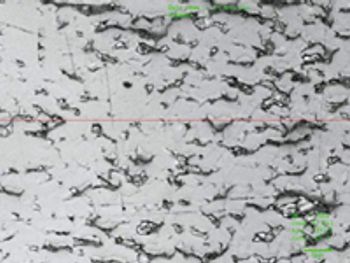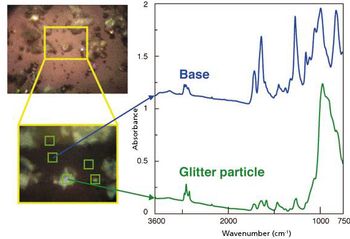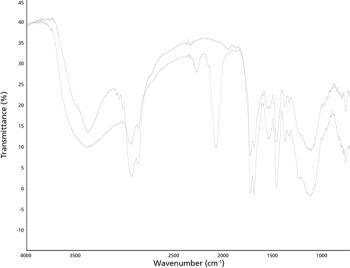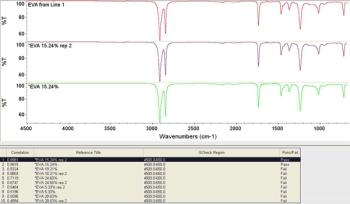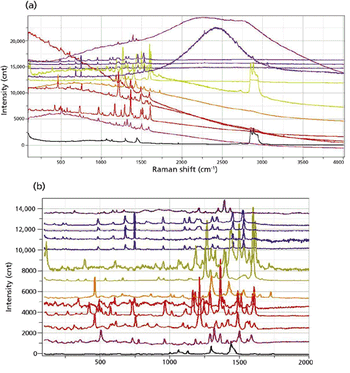Infrared (IR) spectroscopy is one of the most versatile and powerful analytical tools that we have today for the characterization and identification of materials. Its strength lies in its ability to handle a broad range of material types, in any physical state, at a wide range of concentrations, and on many occasions, with direct methods of measurement. These strengths are about to be enhanced by the use of instrumentation that utilizes a choice of broadly tunable laser devices, covering the sweet spot of the mid-IR spectrum, the "fingerprint region." These systems currently cover the spectral range of 6–12 ?m (1665–830 cm-1), which provides spectroscopic access to almost all classes of chemical compounds. This article reviews the benefits offered by such a laser system for a wide range of new and challenging applications.
